Photographs of President Vladimir Putin, his Chinese counterpart, Xi Jinping, and Prime Minister Narendra Modi walking, smiling and conversing throughout the Shanghai Cooperation Organisation (SCO) summit are haunting Washington as never before. US political commentator Van Jones mentioned, “The image of Xi with Putin, with Modi from India, and with the leaders of Iran and North Korea should send a chill down the spine of every American.” He added, “That is a new world order. They call it a multipolar world. I call it ‘the West is now in a box.’”
The New York Times in a piece mentioned, “Mr Modi sought to show that India has other important friends—including China, regardless of an unresolved border dispute—if the Trump administration chooses to continue alienating New Delhi with tariffs.” The impact was evident when Trump mentioned, “Looks like we’ve lost India and Russia to deepest, darkest China.”
In his latest comments Trump changed his tune and spoke of the continuation of trade talks. He added his desire to speak to PM Modi in the coming weeks. In response, Modi mentioned, “I am confident that our trade negotiations will pave the way for unlocking the limitless potential of the India-US partnership. I am also looking forward to speaking with President Trump.” Hopefully, the trade war will now be on the decline.
Whether it was due to the proximity of the Modi-Xi-Putin trio at the SCO summit or PM Modi’s message of neither attending celebrations marking China’s 80th victory celebrations nor participating in the online Brics summit in person is unknown. It could also have been due to India refusing to bend to US bullying or sense prevailing in the Trump administration.
Impact Shorts
More ShortsThe fact is that PM Modi attended the SCO summit after a gap of seven years, signalling India’s willingness to enhance its engagements with rival camps, in this case, compelled by security concerns apart from Trump’s tariffs and sanctions. For India, it was an opportunity to re-set its relations with China, including resolving the standoff at the Line of Actual Control, as well as restoring Indo-China bilateral and economic ties while pushing for continued economic and strategic engagement with Russia. Modi and Xi discussed the ongoing LAC standoff.
The Indian readout mentioned, “The Prime Minister underlined the importance of peace and tranquillity in the border areas for continued development of bilateral relations.” It added, “They expressed commitment to a fair, reasonable, and mutually acceptable resolution of the boundary question proceeding from the political perspective of their overall bilateral relations and the long-term interests of the two peoples.”
Xi mentioned in his comments, “It is the right choice for both sides to be friends who have good neighbourly and amicable ties and partners who enable each other’s success and to have the dragon and the elephant dance together.” The bilateral dialogue firmed up what Chinese Foreign Minister Wang Yi and National Security Advisor Ajit Doval, the two special representatives, had agreed to in August.
China’s seriousness for reducing border tensions flowed from Cai Qi, Xi Jinping’s enforcer, meeting PM Modi. He is the second most powerful man in China, generally away from the limelight. A Chinese media report quoted him mentioning, “(China) is willing to work with India to enhance friendly exchanges and mutually beneficial cooperation, properly manage and resolve differences, and promote further improvement and development of China-India relations.”
China is attempting to overcome the immense military trust deficit, which remains an impediment to the restoration of ties. There are inputs that Doval and Wang agreed on for ‘early harvest by the WMCC’ (Working Mechanism for Consultation and Coordination on Indo-China border affairs). This can be expected soon, implying resolution of some undisputed section of the LAC.
The SCO summit for India was largely concerning security. With China, it was cooling down the LAC while working towards de-induction. With Russia, PM Modi’s intent was enhancing strategic ties, including continued procurement of oil as well as cooperation in defence supplies, which had slowed with the Ukraine war. Possibly Modi suggested talks with Ukraine for resolution of the war.
Simultaneously, while US Trump’s lapdogs, Peter Navarro and Scott Bessent, continued criticising India, Indo-US security cooperation remained unhindered. Militarily, India and the US recently concluded Exercise Yudh Abhyas, a major annual army joint training event in Alaska, while naval exercise Malabar will follow in October.
Meanwhile, Marc Rubio, the US Secretary of State, countered his trade and commerce counterparts and mentioned, “The partnership between the United States and India continues to reach new heights—a defining relationship of the 21st century.” The 2+2 dialogue between India and the US was held as per schedule. The defence secretary, Pete Hegseth, stayed away from commenting on US-India ties.
While ongoing defence deals on GE F404 engines for the Tejas Mark 1A fighter aircraft continue with hiccups and slowed supplies, largely due to supply chain issues, talks for the joint production of GE 414 engines, with 80 per cent technology transfer, are moving towards finalisation. Reports mention a high-level US delegation to India to discuss the sale of six additional Boeing P-8I Poseidon maritime patrol aircraft to the Indian Navy. Other signed deals remain on track. This sends the message that tariffs and sanctions are temporary in nature and the relationship will soon be normal.
Media reports stated that India has paused talks for joint production of Stryker combat vehicles and Javelin anti-tank missiles. These have been denied by the Ministry of Defence. However, the defence minister’s visit to the US was postponed with no reasons assigned. It may now take place.
There are also indications that the Quad leaders’ summit, to be hosted by India later this year, may be postponed. There were rumours that Trump may not attend the same. Another reason could also be the ongoing political crisis in Japan. China has always voiced its opposition to the Quad. Its weakening would benefit Beijing.
For India, playing a balancing act between China, Russia and the US is essential not just for economics but also for national security. It’s not reacting to criticism by Trump and his lapdogs conveyed an intent to restore early normalcy. PM Modi’s immediate positive reaction to Trump’s posts only added to India’s messaging.
Like any nation, India’s primary concerns are national security and development. To achieve this, New Delhi will engage with multiple groups, including adversaries, if necessary. Simultaneously, India is a growing power, which cannot be ignored. It is being wooed by adversaries because of its economic might, military power and large market.
The author is a former Indian Army officer, strategic analyst and columnist. Views expressed in the above piece are personal and solely those of the author. They do not necessarily reflect Firstpost’s views.


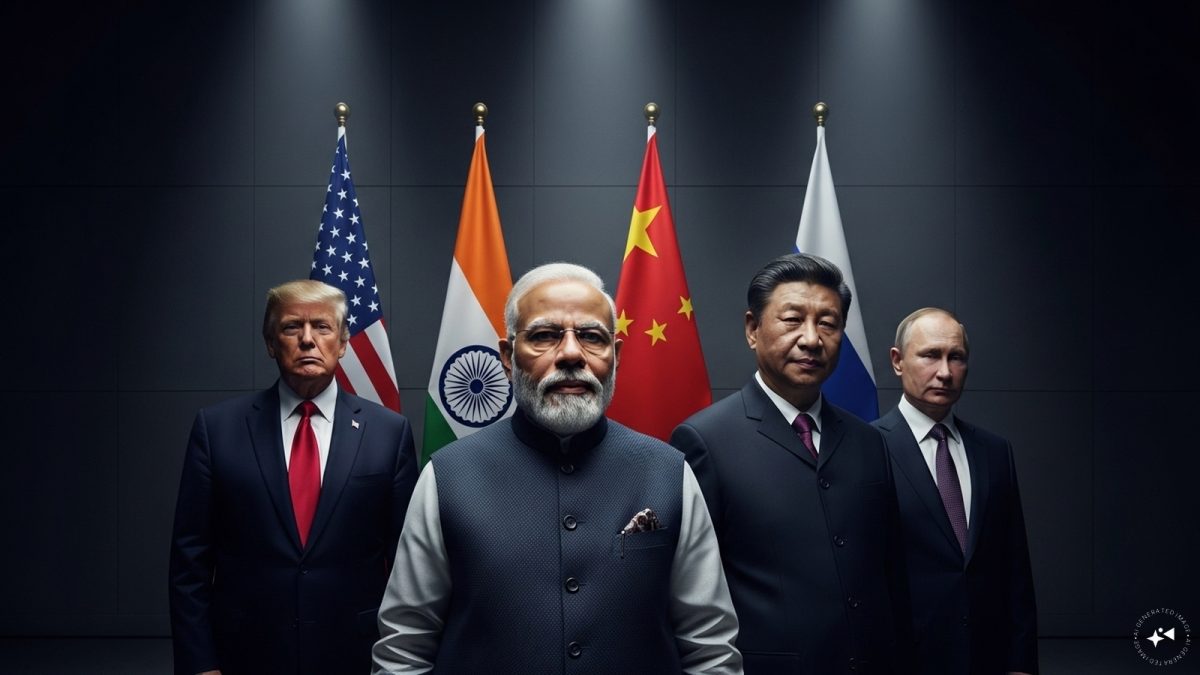)
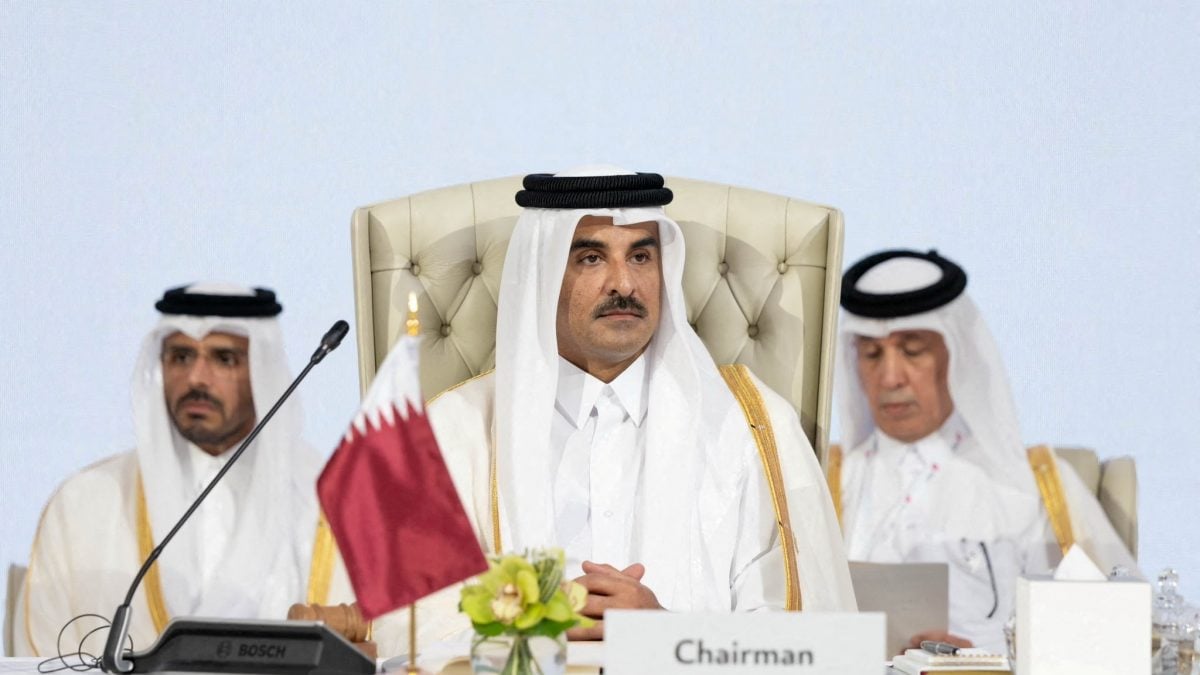
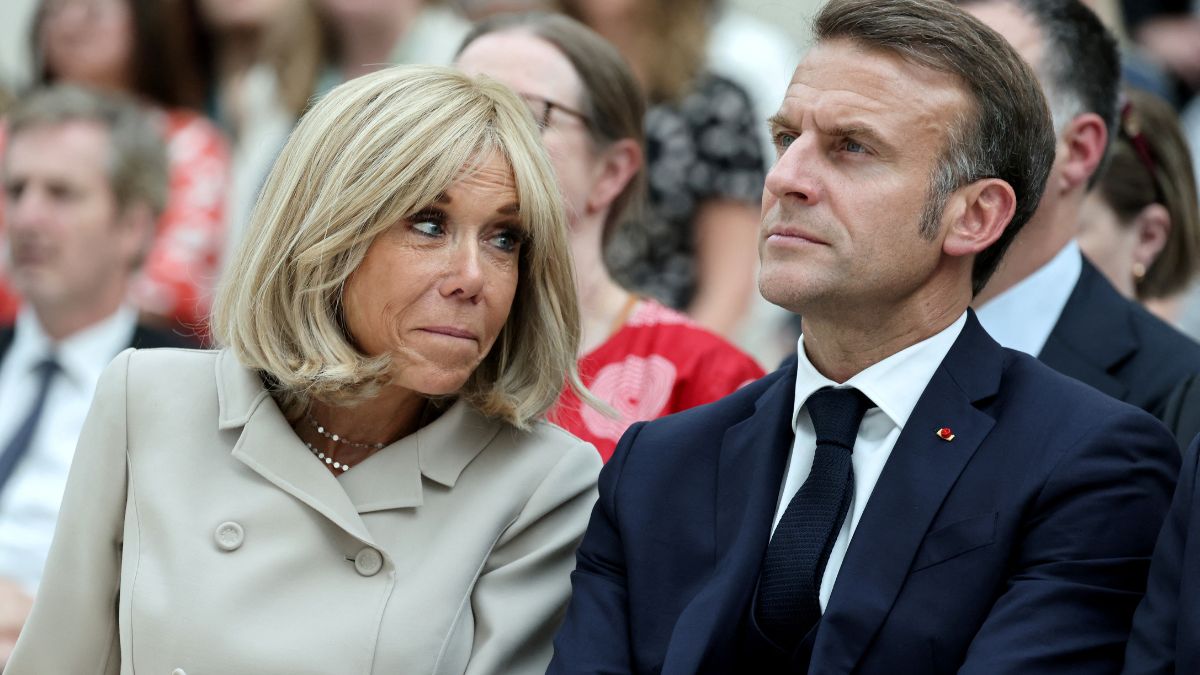)
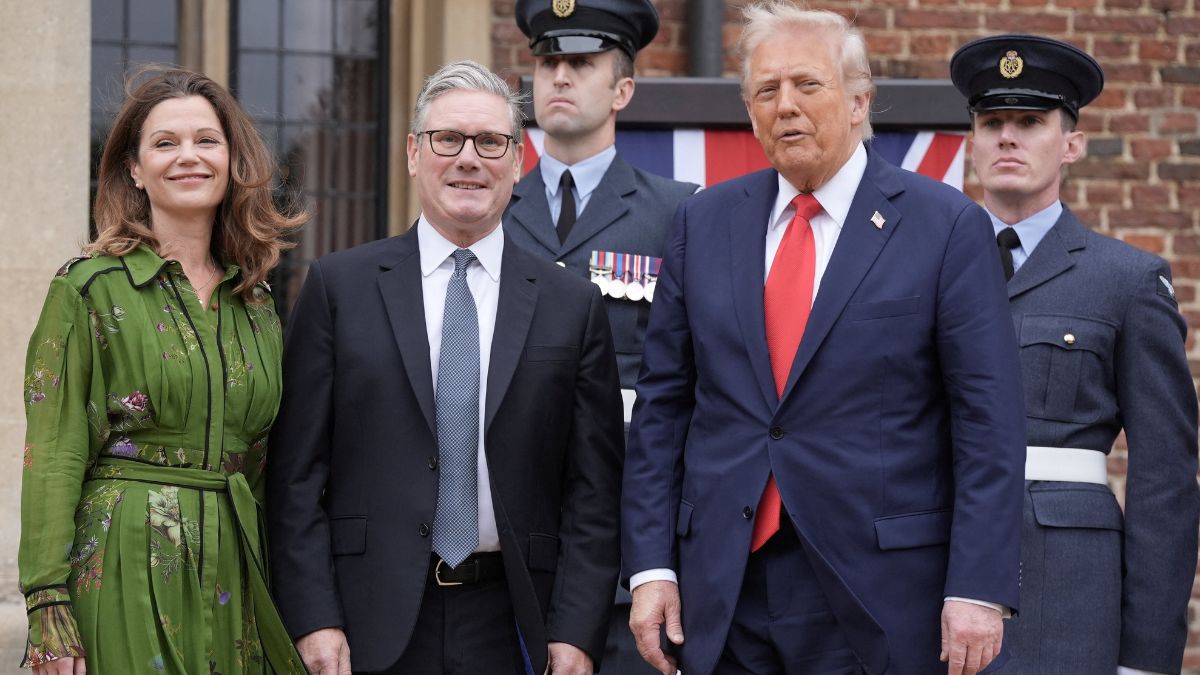)
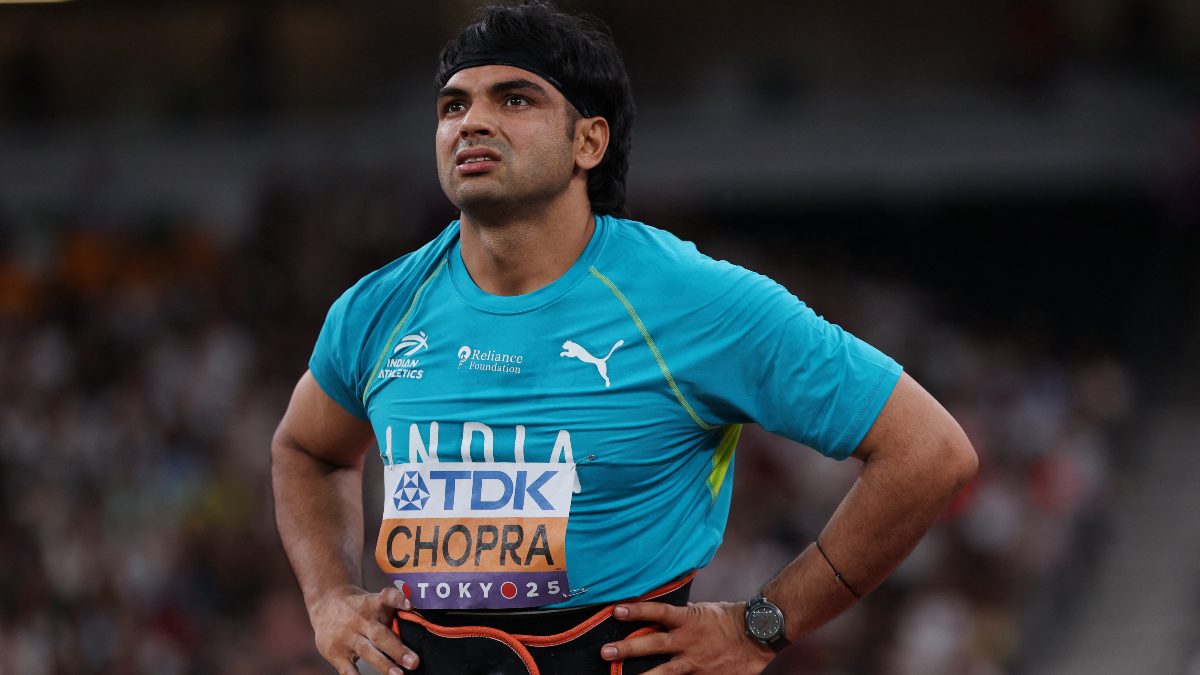)
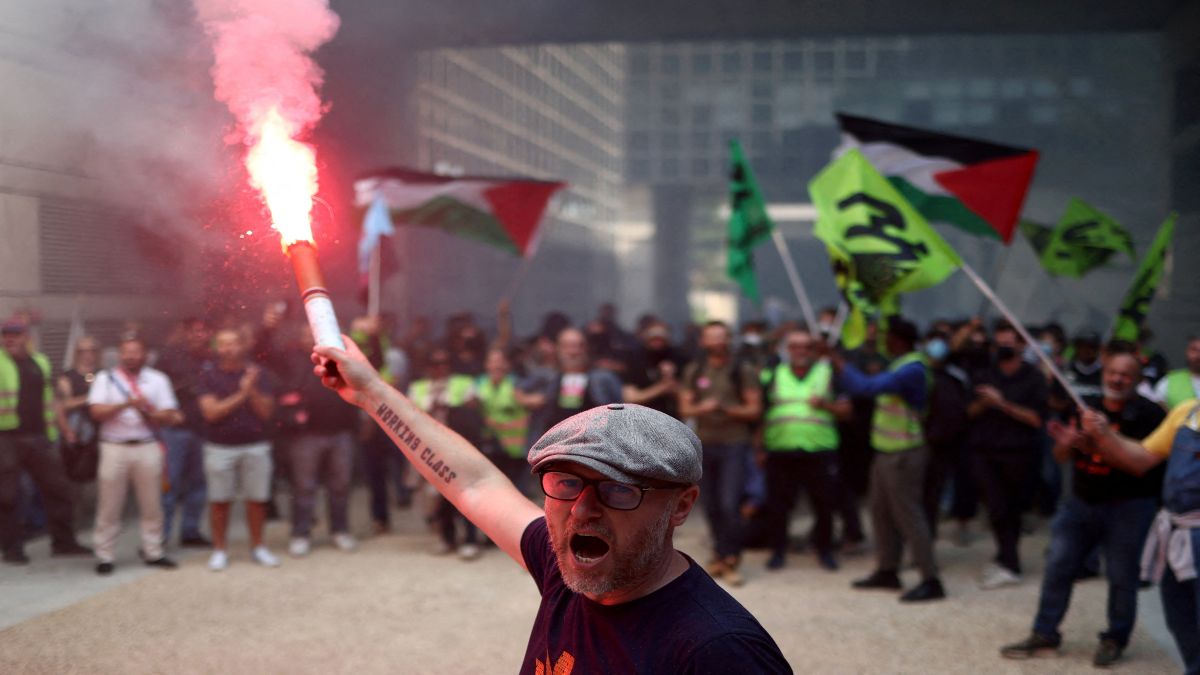)
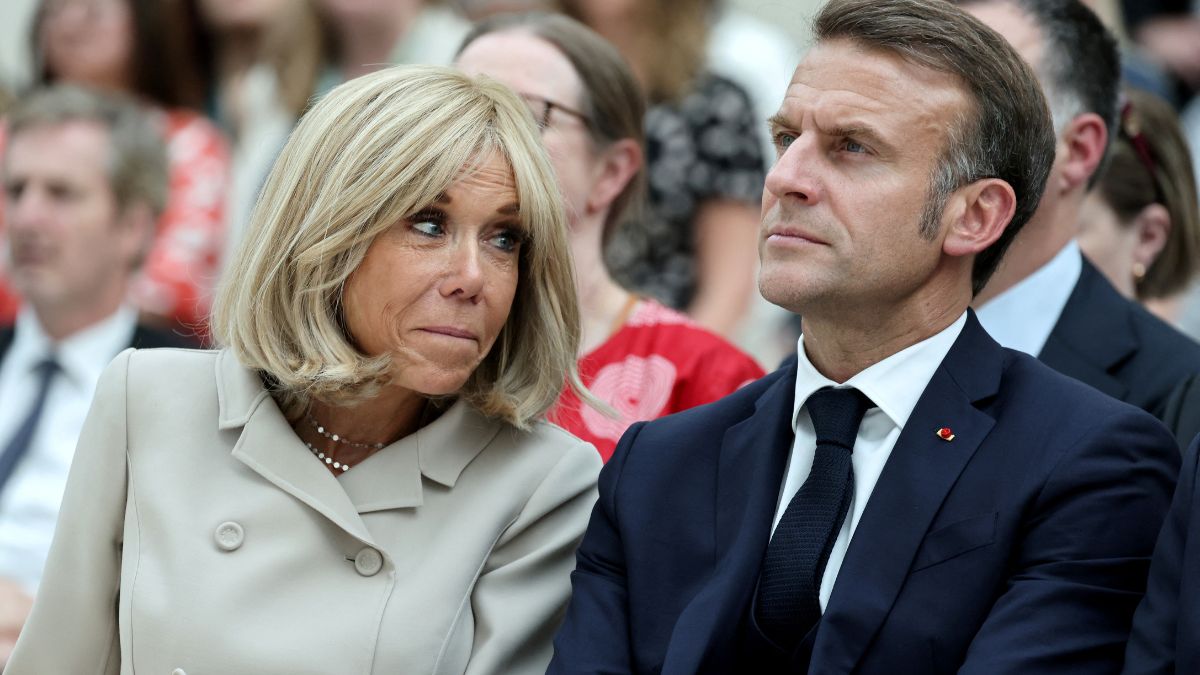)
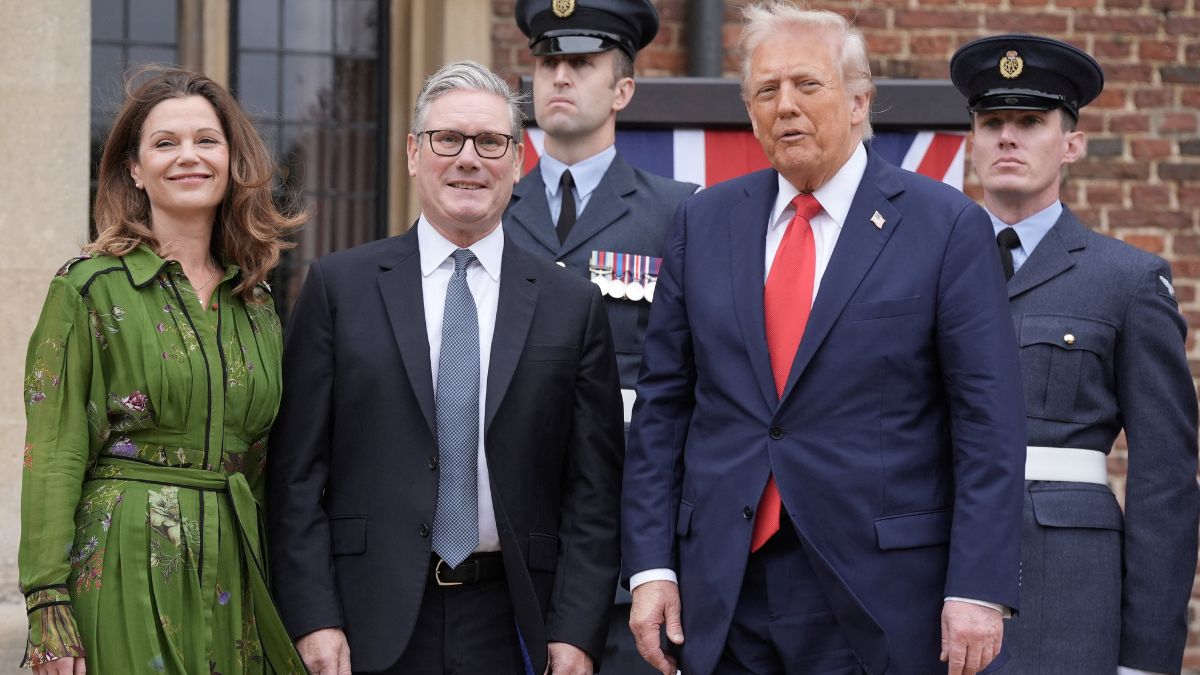)
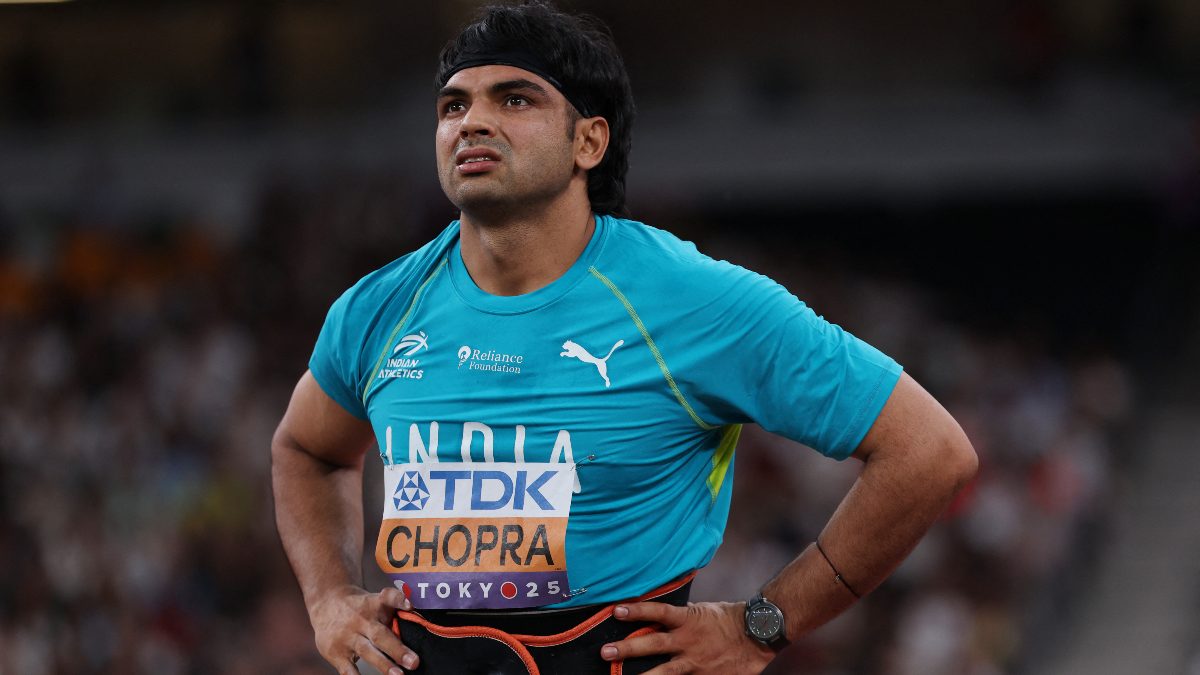)
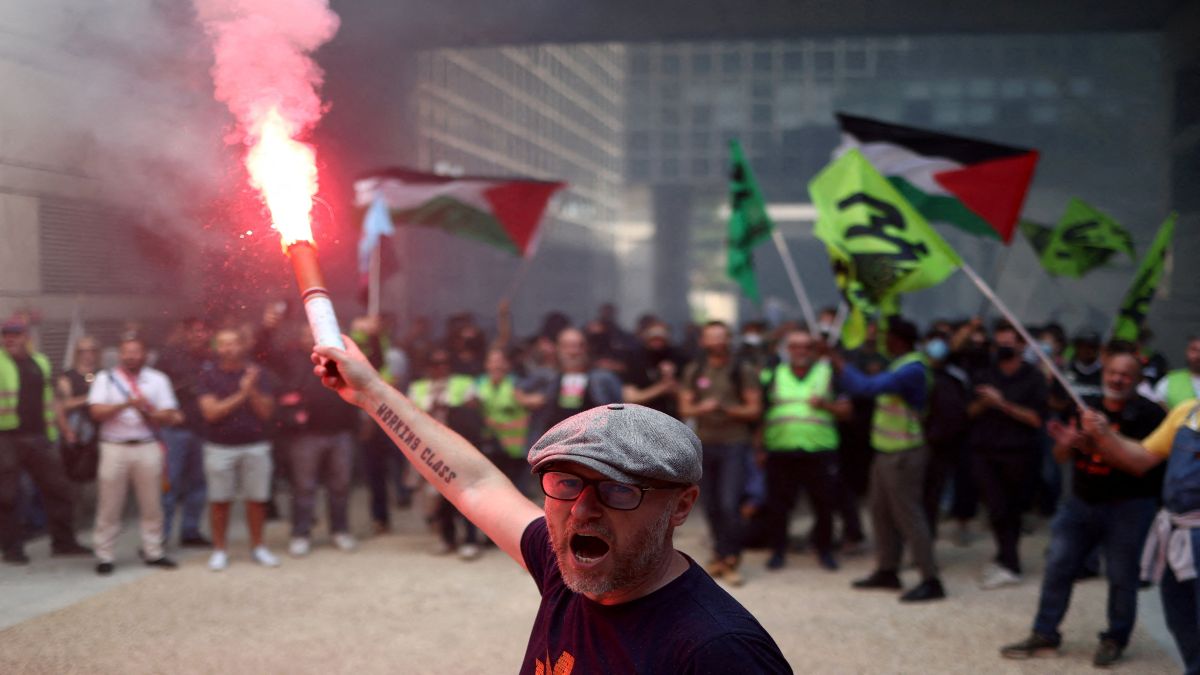)



